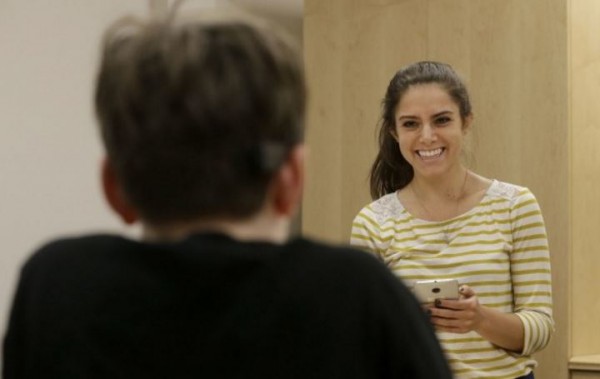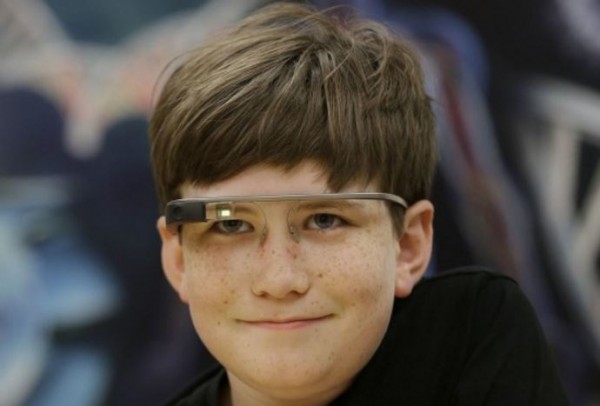Many children with autism struggle to understand facial expressions – one of the most challenging aspects of the condition – but new software may be able to help them break this.
Following research by Stanford University, it is believed that facial recognition software may be able to help wearers understand a person’s emotion by their facial expression.
The Google glasses work by studying faces and sending information to a small screen located over one eye. For example, if a person is showing signs of being happy, the word ‘happy’ or an emoji will appear on the small screen.
Only 35 glasses were given to the university, and while Google ceased production of the device last year due to lack of interest, thanks to the research, it now has been given a new lease of life.
100 children are involved in the trails and they must wear it for three 20 minute sessions every day when interacting face to face with others.
Talking about how they come up with the idea, Stanford student Catalin Voss, who helped develop the technology alongside Nick Haber, said: “We had the idea of basically creating a behavioural aide that would recognise the expressions and faces for you and then give you social cues according to those.”
Chief science officer at Autism Speaks, Robert Ring said: "Glass and wearable technology are the future. They’re going to play a pivotal role in how we understand, manage and diagnose disorders like autism."





